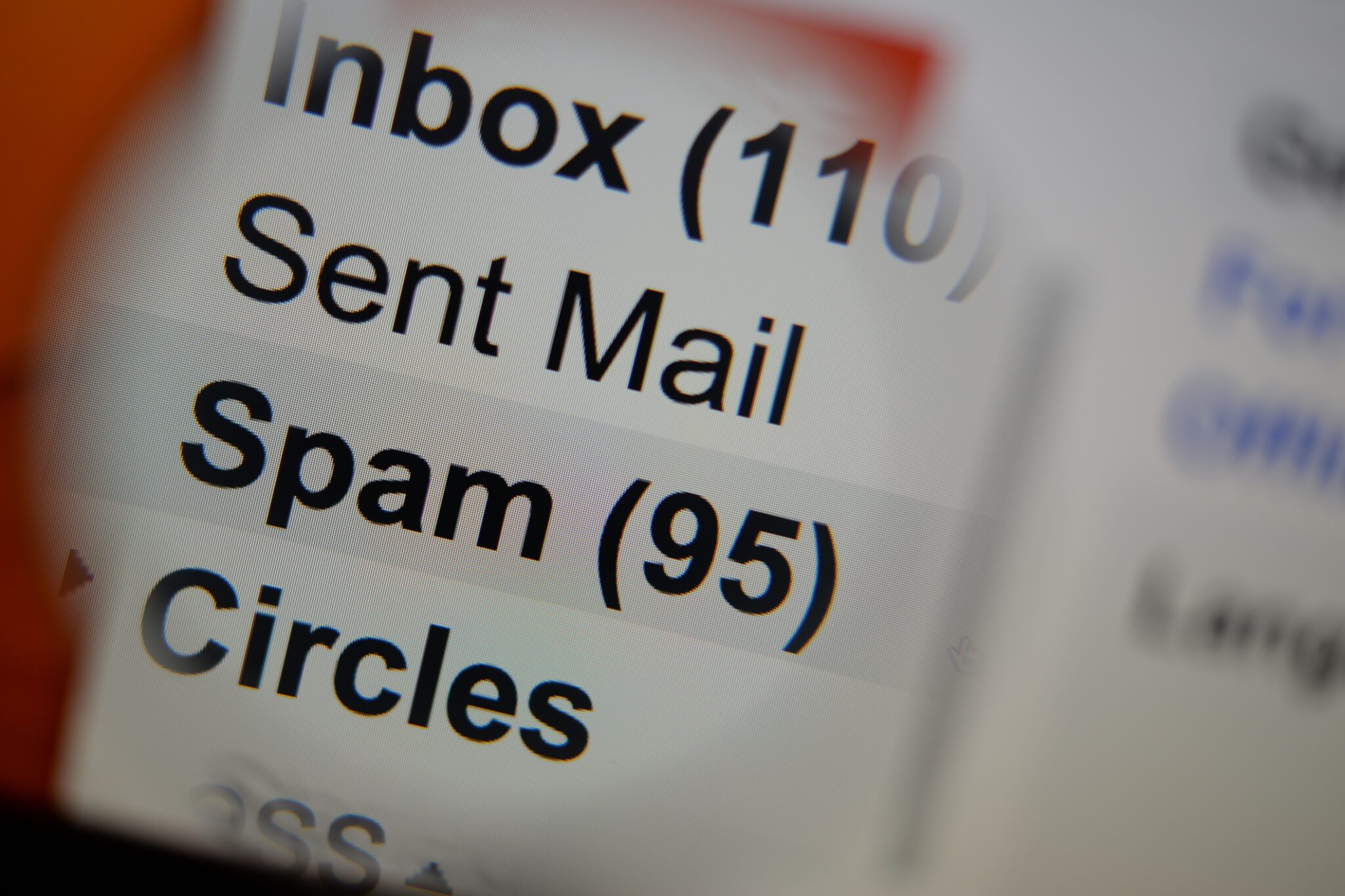
By Sean J. Miller
Digital consultants are fighting to reconcile two competing trends as the 2018 midterm year begins to take shape. Voter attention spans are shortening, necessitating the use of shorter form online ads. At the same time, their appetite for longer-form emails appears to be growing.
Email strategy was trending toward short copy blaring urgent demands with arbitrary deadlines. Now one of the campaigns highlighting the trend toward longer emails is Texas Democrat Beto O’Rourke’s Senate campaign.
The candidate has pushed for longer, photo-laden missives to his email list. Going against the grain has helped O’Rourke raise $6.7 million in the first three months of 2018, more than double Sen. Ted Cruz’s (R) first quarter haul.
“The authenticity programs that are doing well are a response to the churn and burn” email practices, said Shelby Cole, of Revolution Messaging, who’s working exclusively on O’Rourke’s email program.
She described it as going the “storytelling route versus the piggy bank route.”
“We tend to try to treat our supporters with respect and reach them where they are, which is online,” she said at C&E’s CampaignTech East Conference in DC. “Those long-form emails are what people are really hungry for this cycle.”
Carter Kidd, a Republican consultant with Campaigns Solutions, agrees with Cole.
“Long form is absolutely working,” Kidd said. “They’re scrolling through the messages. People are reading.”
Matt Compton, a director of advocacy and engagement at Blue State Digital, speculated that the popularity of longer emails stems from the rise of activism in the Trump era.
“There’s a hunger for participation in this moment, probably from activists from all sides,” he said.
While some Democratic practitioners have fretted over the resources going into long-shot candidates like O’Rourke, Compton said that the small-dollar donor base won’t get exhausted — even by long-form emails.
“It’s hard to say what the upper limit is,” said Compton, a former digital director at the DNC. “I think we’re going to see volume increase more and more as people try to tap into a really engaged populous.”
Cole agreed that there wasn’t a limit for these small donors. “We have not had any trouble tapping into the existing donor base that’s out there,” she said. “We’ll try and stop growing the list around the summer time and then raise as much as possible.”
O’Rourke is relying on small donors because he isn’t raising from PACs or advocacy groups.
If a ceiling does exist for small donors, added Cole, “I’ll let you know when we get there.”
Not all digital fundraisers are on board with long-form emails. Cheryl Hori, founder of Pacific Campaign House, warns that shorter can still be better for raising money quickly because that pithiness creates a sense of urgency.
“If you’re trying to build a sustaining program, a longer-form email might serve you better in that situation,” Hori said.
Sam Osborne Reynolds, senior director of digital strategy at Advoc8, isn’t convinced voters want to read long emails from every candidate.
“I think it depends on how interesting the author is and how interesting the topic is,” she said, noting that the RNC emails in President Trump’s voice performed better while she was at the committee.
Still, Osborne Reynolds noted that longer-form online surveys also do better, possibly, because people think they’re “more legitimate” than one-or-two question polls.